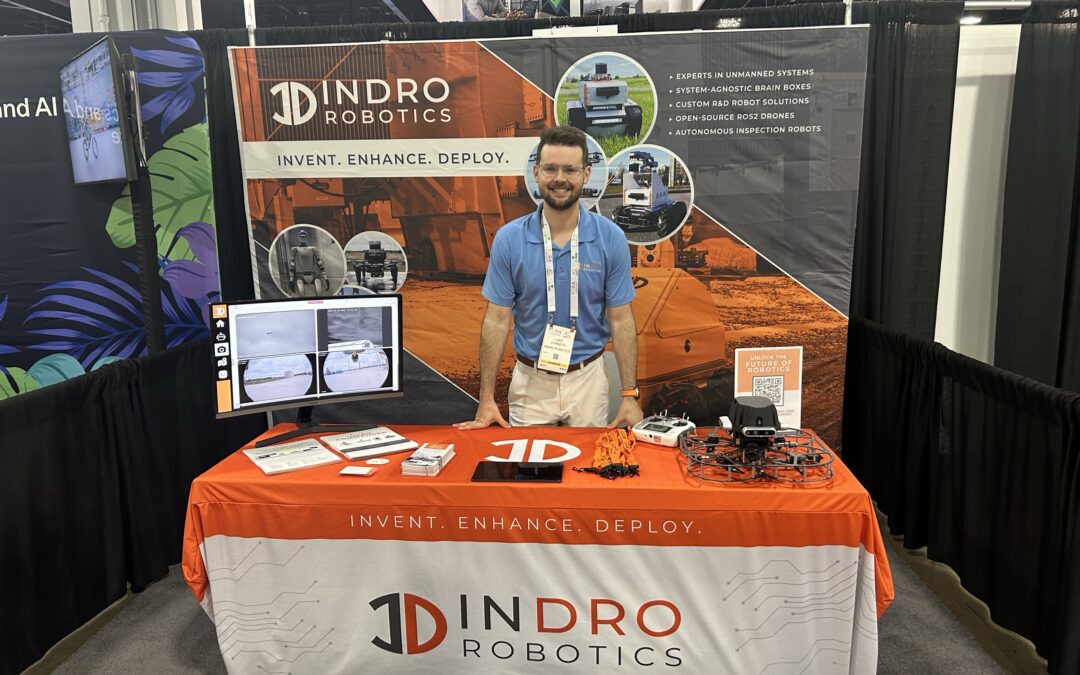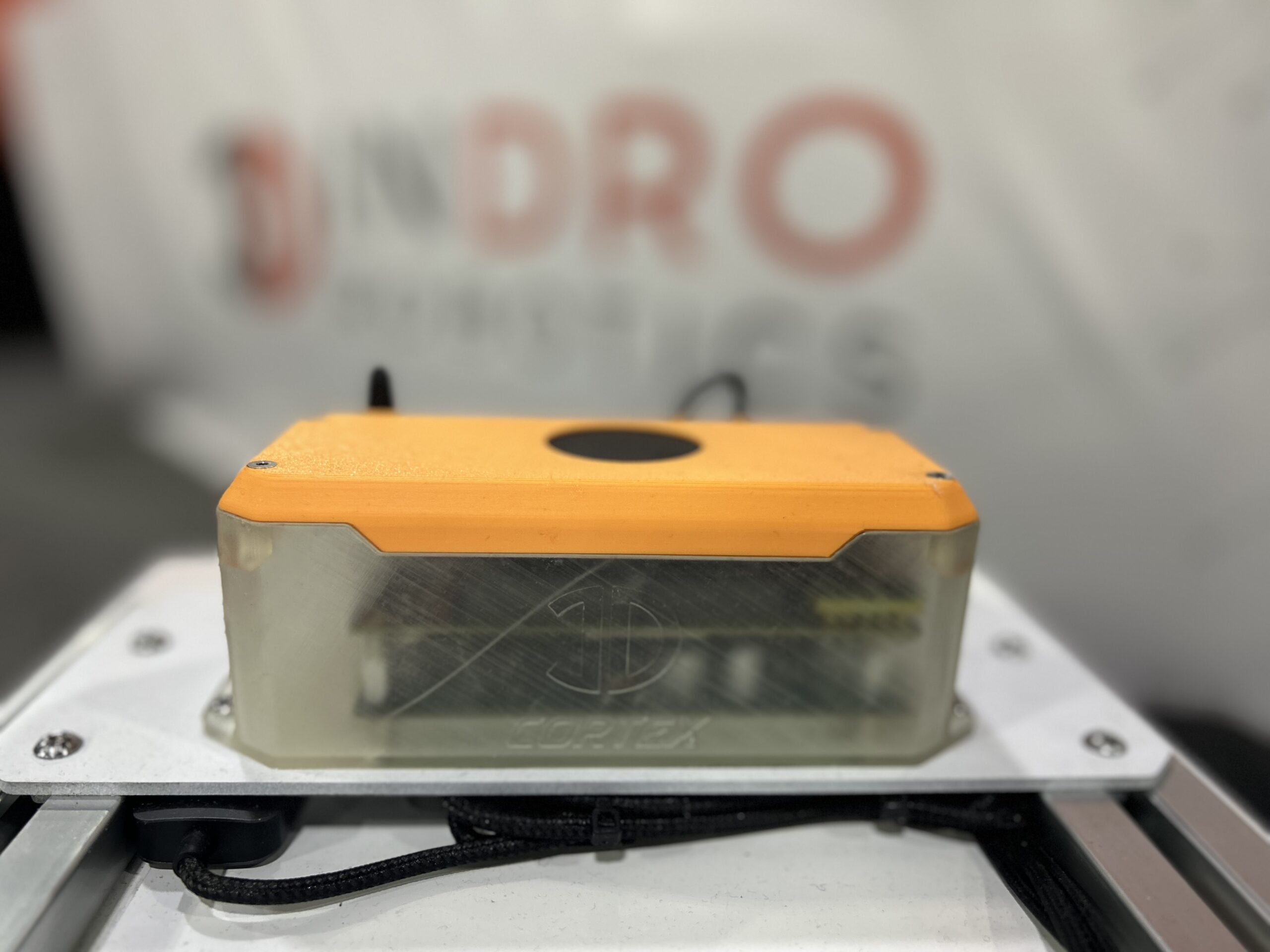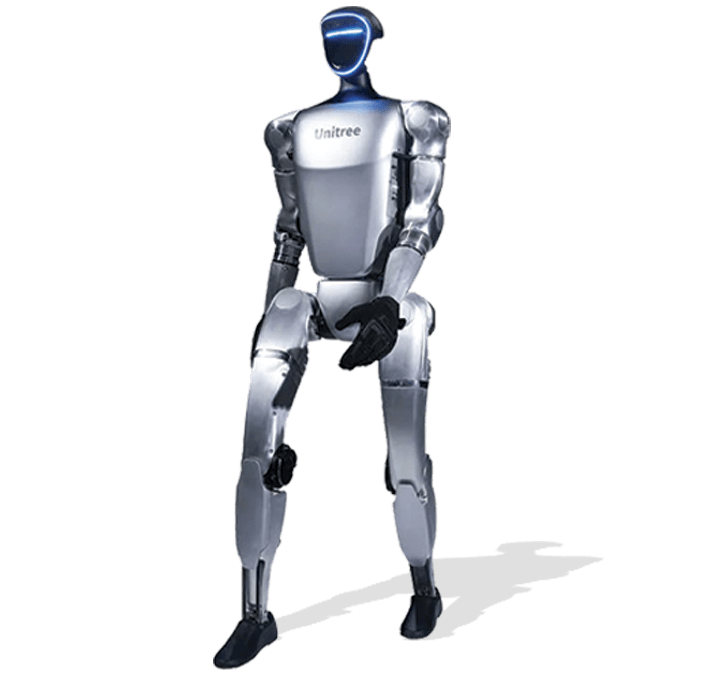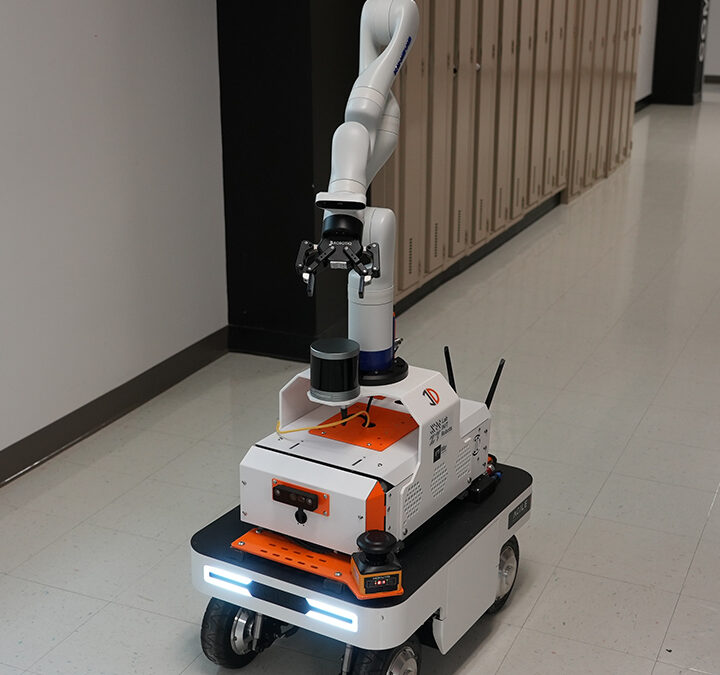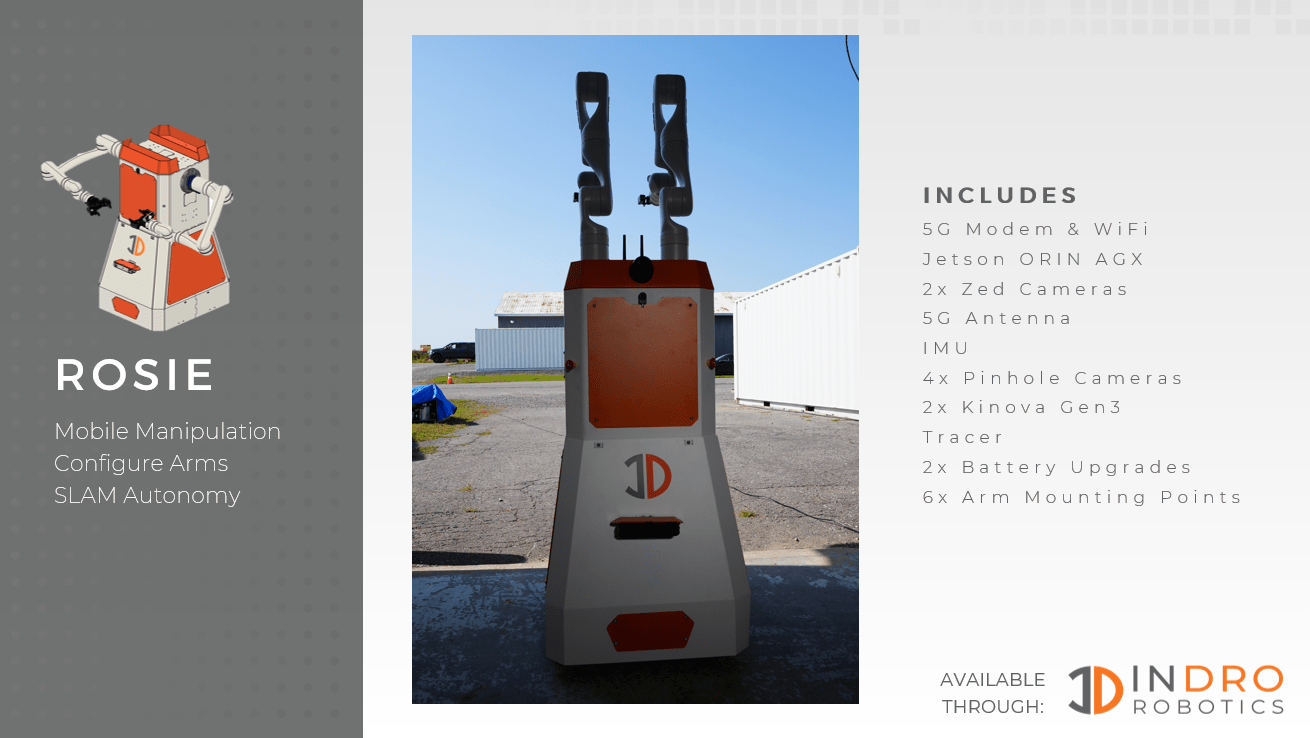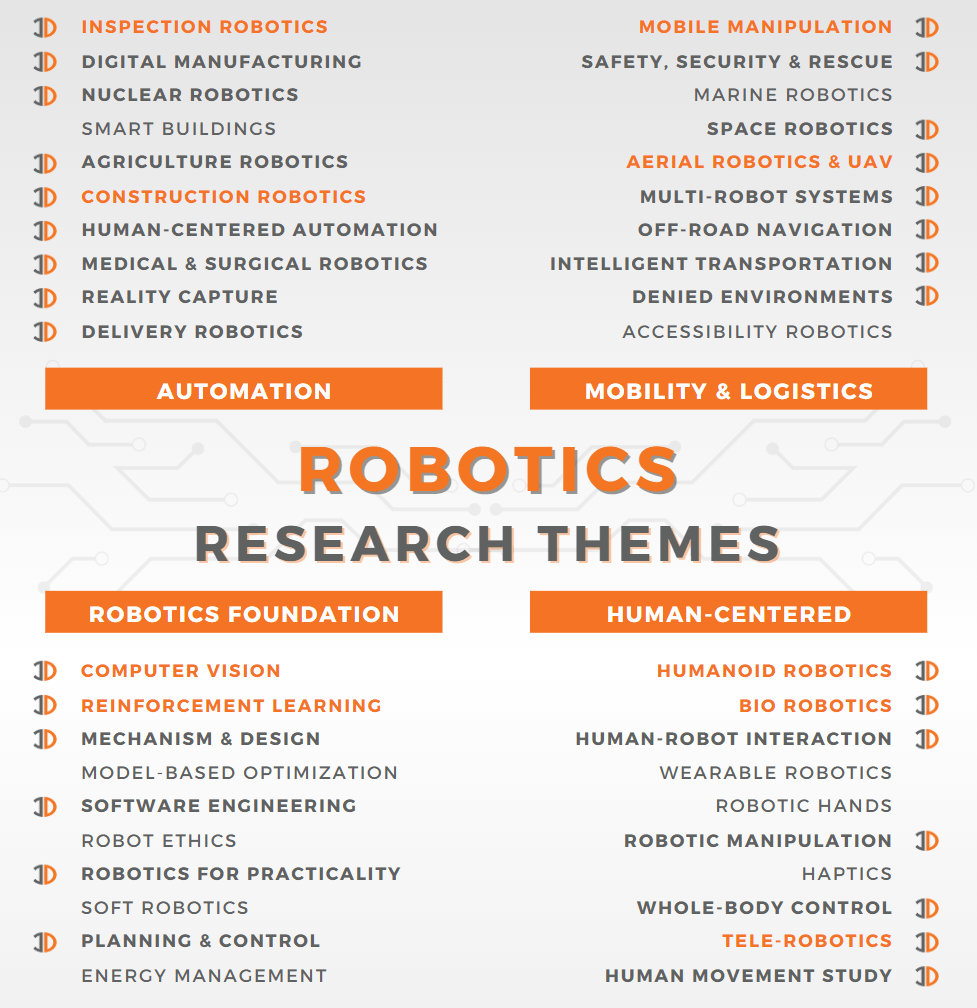
InDro on the road: Four major conferences in a month
By Scott Simmie
We’ve been busy.
Our Head of R&D Sales, Luke Corbeth, has been on the road – hitting up four conferences in three countries in less than a month. During that time, he’s met with potential clients, seen cutting-edge research, and even officially launched the new InDro Cortex.
It’s always a challenge, selecting which conferences to attend. But we try to be strategic, attending those which combine a chance to meet with new and existing clients while learning as much about new trends and research as possible.
For Corbeth, who has just returned from a show in the UK, it’s all about opportunities.
“Some of these conferences are truly the place to meet with people who are at the forefront of R&D and new use-case scenarios,” says Corbeth. “These people are often leveraging either our technology or tech from other manufacturers and integrators. These events are a great way to stay on top of things.”
Below: Luke at the big AUTOMATE 2025 show in Detroit
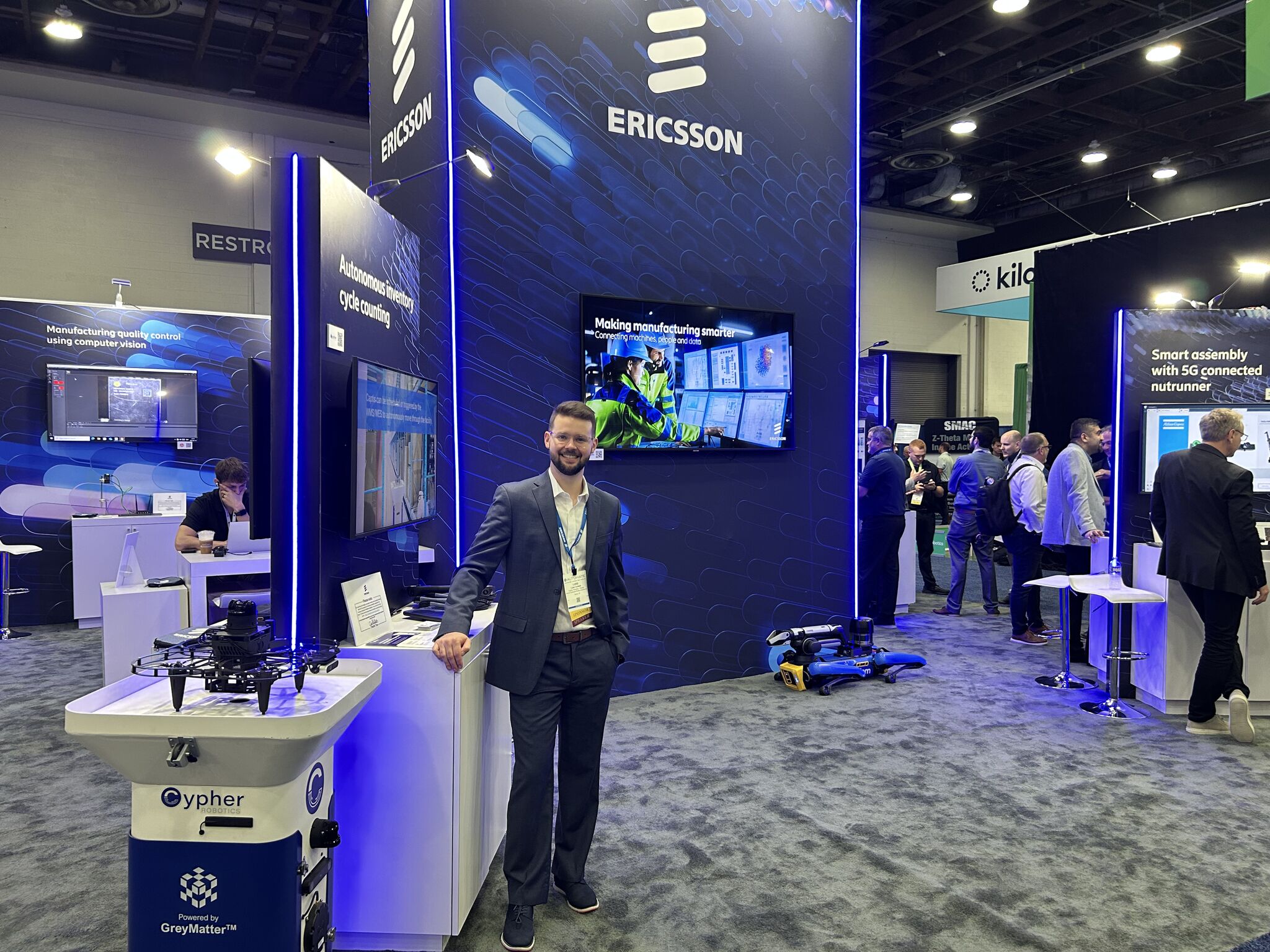
AUTOMATE 2025
This was the first stop on our tour.
In early May, Corbeth headed to the AUTOMATE 2025 show in Detroit – one of the premiere annual automation events. We were guests at the big Ericsson booth, where the company was highlighting its Ericsson 5G Private network, or EP5G. Large companies with smart factories and high degrees of automation are increasingly opting for private 5G networks for their security, high bandwidth and low-latency. Literally thousands of smart or embedded devices can share data in real-time on a private 5G network.
To show off the potential of private 5G, companies like Ericsson (which is the world’s largest provider of cellular network hardware) need to showcase tangible use-cases. And so Corbeth was there with Captis, a cycle-counting and precision scanning autonomous robot built for warehouse environments. InDro Robotics is the incubator of Cypher Robotics and helped do the R&D work on Captis.
“We make private 5G sexy,” laughs Corbeth. “Captis is a prime example of a technology that effectively leverages private 5G networks.”
ICRA
Next, it was off to Atlanta for the IEEE International Conference on Robotics and Automation, or ICRA. Once again, there was plenty of automation and robotics on display, but the real emphasis at ICRA is on research. Posters and papers are a big part of the event, which draws some of the leading global researchers and thought leaders.
“ICRA is more of a forward-looking conference when compared with Automate,” explains Corbeth. “You’re really getting a peek at technologies, algorithms and use-cases that are coming down the pipeline.”
ICRA attracts a *lot* of researchers from the academic world, and a significant portion of InDro’s clients are from universities. At this event, InDro displayed its new Cortex – an exceedingly powerful module for robot integration and teleoperation – for the first time in public.
“Cortex is a platform- and sensor-agnostic brain box,” he says. “It can be attached to any platform – wheeled, tracked, quadruped, humanoid or drone. Because it’s plug and play, anyone who already has some combination of platforms and sensors can quickly build a robot around it.”
InDro also displayed its ROS2-based drone, developed by InDro for R&D use-cases. You’ll be hearing more about that in the future.
IDEaS
From Atlanta, it was back to Ottawa for the Innovation for Defence Excellence and Security (IDEaS) event. Put on by the Department of National Defence and the Canadian Air Force, there was definitely some emphasis on military applications such as Counter-UAS technology. InDro is prioritised on positive use-case scenarios, such as logistics, mapping, Search and Rescue, cargo delivery etc.
“We have really maintained our focus on drones and robots for good,” says Corbeth.
UK
And last, but not least, Luke jet-setted to the UK for the big Smart Manufacturing Expo in Birmingham. It could be described as the UK’s equivalent of Automate, with the focus on automation and robotics in the manufacturing sector. At the June 4-5 event, Corbeth was representing the Captis cycle-counting solution.
“Really, we were exploring whether potential clients in the UK are experiencing some of the same problems with cycle counting that existing clients in Canada, New Zealand and the UAE have. There was a tremendous amount of interest in Captis.”
Below: Another show, another booth for Luke Corbeth. Second photo shows Luke with senior Ericsson staff Jan Diekmann, Alan Minney and John Tomik. InDro shared the stage with Ericsson in Birmingham to discuss the future of smart factories and private 5G networks
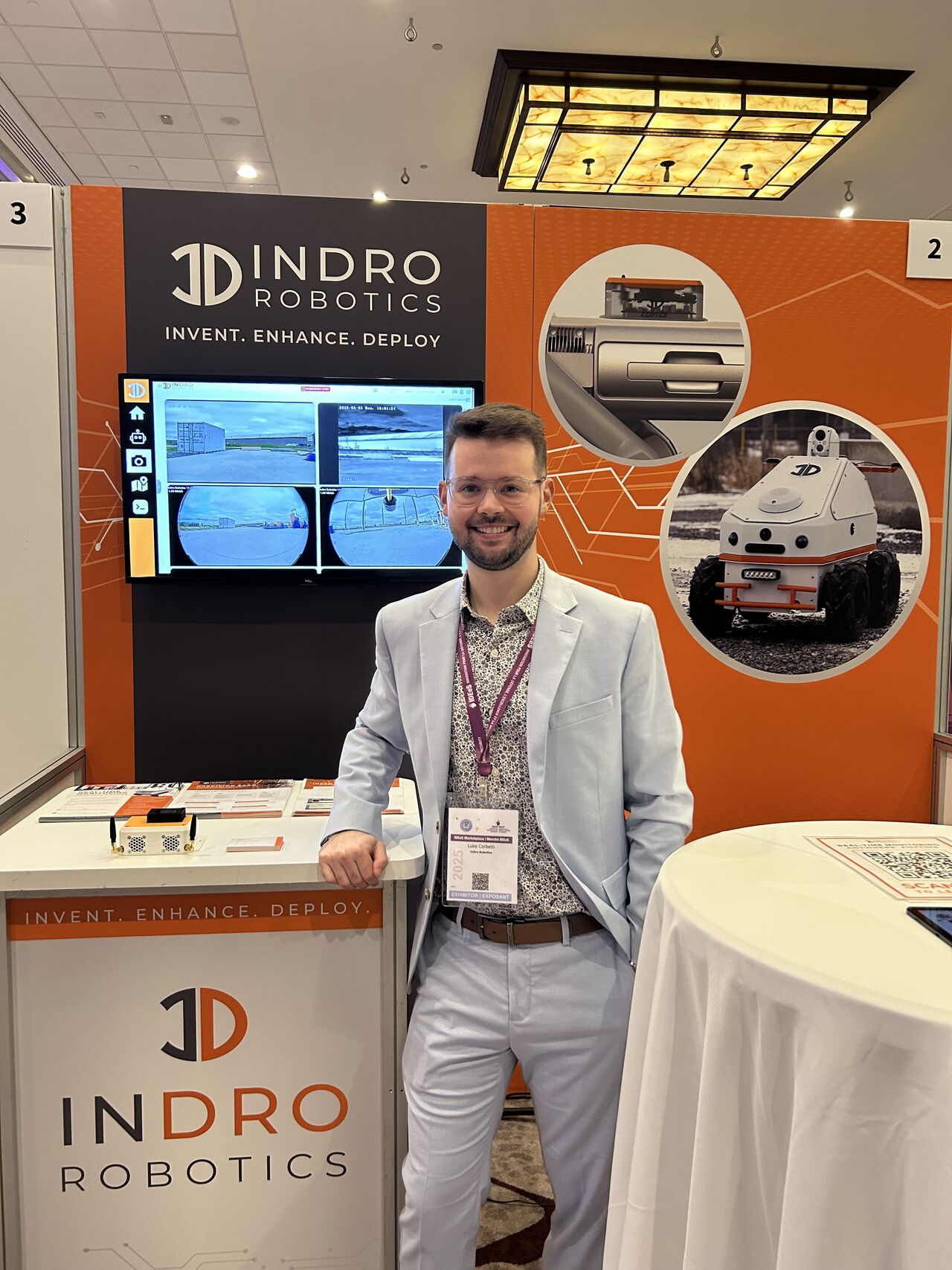

INDRO’S TAKE
As mentioned, we choose conferences carefully in order to maximise our spend, exposure, and client outreach. Corbeth was able to meet with many existing clients and develop new relationships that could lead to strategic partnerships and/or sales. Perhaps most importantly, he was able to showcase Cortex, our new ROS2 R&D drone, as well as promote the Captis cycle-counting/precision scan solution.
“It’s been a very busy month for Luke and InDro Robotics,” observes InDro Founder and CEO Philip Reece. “We are very excited about both Cortex and our R&D drone and are on a trajectory to manufacture these at scale later this year. We’re pleased to see the level of interest in these products – and have no doubt the investment we’ve made in attending these events will pay off.”
Interested in learning more about either of those products? You can get in touch with Luke (who may still be jet-lagged) right here.

